-
Posts
1,828 -
Joined
-
Last visited
Content Type
Profiles
Forums
Articles
Posts posted by richg101
-
-
I think the low end anamorphics sector has died. SLR magic seem to be hoovering up the users who don;t know any better, and rental houses not on the ball hoping to capitalise on the anamorphic bubble. They'll send those new slr magics out once or twice then they'll stay on the shelves since their image aint good enough to warrant the hassle and expense. If a modern lens can't match or outdo an iscorama from the 1960's for image quality, have beautiful character, and be cheaper than an iscorama then people are more happy going for a kowa 2x and a focus module or rangefinder or plump for an iscorama and get the gold standard.
I watched the original veydra lenses kickstarter and liked the concept but knew that their market would be limited. Without a kickstarter campaign I doubt they would have come to fruition - now m4/3 has lost its edge since the rest of the competitors gave us full sensor readouts. if the gh2 were still top dog then veydra would be killing it. Sadly very few shooters are using m4/3 format unless it's with a speed booster, meaning native lenses are unusable. Most are now shooting on sonys. 2 years ago I had many requests for a wider angle than the TRUMP38. Now everyone with a brain has migrated to the sony a7 range or are using speed boosters on aps-c and now the 38mm is nice and wide.
If an anamorphic ain't good enough for at least s35mm it's gonna fail. if it's not gonna deliver on full frame it's not going to compete with iscorama's - which are now going down in price. I think the veydra would have been more expensive than an iscorama and probably wouldn;t have done the job as well. Their price point dictated everything.
-
Quote
'Affordable Anamorphic
As someone who has to wear the producer’s hat at times, all of this means money saved while delivering higher production values. In the past, if a client wanted an anamorphic film, or music video, it meant you needed to rent not only expensive glass but a more expensive camera like an Alexa Mini. Locally an Alexa Mini rents for $750 a day whereas the 4.6K URSA Mini rents for $250. The extra camera costs can really drag a budget down or cause a client to drop the idea all together. With the URSA Mini you should be able to shoot relatively affordable 2x anamorphic. Affordable 2x anamorphic, a phrase I never thought I would write. This is brilliant of BMD’s part. They’ve single-handedly made the camera more appealing to a larger client base; a client base who likely ignored or openly mocked Blackmagic’s initial cameras years ago.'
I'd suggest as the producer he finds the extra $500 a day for an alexa mini and get his money's worth out of any anamorphics he's fitting to the camera (which will cost a lot more in rental than the camera). makes no sense renting anamorphics if you can't use their full image circle. a 3k image area on the ursa sensor is a 1.5x crop of an alexa mini in 4:3 mode! The $500 saving on camera rental is moot.
-
they'll sell more of these to be used as directors viewfinders / recon scouting cameras on high end productions than you'll see ravens or terras used in high end sets. The best dop's are usually very accomplished stills photographers and will lap this up - if only for the leica badge. If L-Log and the sensor readout is good then this will be rather popular for actual productions too. - adaptability of lens mount, and a sensor size that will render closer representation of the fov/dof of a RED 8K Weapon or Alexa65 then current offerings. - if kipon produce a SL mount version of their MF focal reducer things get even more suitable for use as a scout cam for the alexa65
-
None of the DP's or Directors I look up to will let crap like this interfere with the way they work. Give me a shout when Deakins starts on this stuff and I'll take an overdose
-
I expect there will be a new cinealta version of the a7sii sometime soon. then we'll have 10bit 4;2;2 onto card, but it'll be a cinealta price..
-
The Kinefinity Terra is more exciting than anything that was unveiled last year IMO, but only to those who can see themselves ordering one. It's a bit like when Ferrari introduce a new car. - it's cool and car enthusiasts get excited but the excitement soon fades, but on the whole most people couldn't care less about a car that costs more than their house and they can never see themselves ever buying one. I think the consumer level purchase boom (bmpcc, bmmcc, a7sii, gh4, etc) has died since the release of the A7Rii and A7Sii. Both cameras deliver more than consumers want and need. NAB is primarily a consumer show - very few real shooters are there looking at gear because they're actually shooting. Most real shooters are being paid to be there to promote gear to the consumers.
I'm not particularly excited by anything in NAB because my investment in a Sony F3, a BMMCC and a A7Rii fulfil every requirement of mine. My investment in these cameras was 1/3rd of the cost it would have cost me to get a entry scarlet W. If I could afford and justify purchase of a red 8k weapon and some hawk 65mm anamorphs, I'd probably be more excited. But because most of us here now have access to cameras that are affordable and also capable of surpassing their requirements, the consumer within has become desensitised. I can't see a point where anything they create will make me feel the want I felt before the A7Rii arrived. clean high iso, wide dynamic range, full sensor readout, stabilisation, compact, affordable, full frame, clean hdmi out, etc etc etc.
-
I expect this could be very very damaging to the likes of RED. not so much Arri since they still deliver the top dog in terms of cameras. But the fact that this little Terra shoots 6k and has a focal reducer pretty much means it outdoes everything except the upcoming 8k Dragon/Weapon. The 1 stop increase in low light probably allows cleaner low light results too. Looking at what I;ve seen from the Kinemax, it looks to me as good as I could ever imagine anyone needing for even the highest end productions. The Terra uses exactly the same sensor so will likely deliver the same image.
You could buy 3 terras that are ready to shoot for the same price as a ready to shoot low end RED.. And even if the image were half as good as from a dragon sensor people looking at scarlets and ravens will now be looking at this little camera. and seeing $5000 extra in their bank for investment in lenses or other gear
-
Looks a bit like a 3D Design / product design university student major project to me. Just looking at those renders makes me weep at how many of the mechanical aspects need to be fulfilled flawlessly. It's all very well drawing something novel and pretty, but making them is another matter. That sucker looks like they'd need a Sony R+D budget to pull it off at their expected price. The reason the RED modularity works is that they price their gear to allow for the tremendous costs associated with making them work properly.
I hope I'm wrong and they deliver because if they don;t I can see a handful of optimistic early adopters being very disappointed.
-
4 hours ago, DBounce said:
Well I guess some people are just easier to please than others. As for judging, as I have not had any hands on time, I can only judge by what I see, and I see crooked buttons. If so easy to fix, why is it not fixed? Just makes me wonder what else is not fixed.

-
4 hours ago, Don Kotlos said:
What is the approximate resolution with the groundglass?
the screen inside forbes is effectively an infinite resolution once it's moving . the limitations are mainly derived from these aspects:-
1.the sensor on the relay camera (1080p with the current bmpcc sensor),
2.the relay lens between the screen and the sensor (currently capable of providing just over 4k of optical resolution (averaged over entire frame) to the sensor).
3. the lens on the front of forbes70 (a good quality schneider 80mm/2.8 will happily provide 56mpx onto an 80mm image circle).
doing a crop to the 65mm wide screen area down to smaller - ie, 56mm - a 9mm reduction in sensor width allows the relay optics in forbes to be used closer to their optimum and I'd estimate that the optical resolution will increase to around 5-6k onto a s35mm sensor.
-
- kaylee, Oliver Daniel and Nikkor
-
 3
3
-
-
7 minutes ago, Ivanhurba said:
It's an overpriced s35 version of the BMMCC but with better ISO.
ISO means nothing when you;re limited to the ef mount and a sensor smaller than what the ef mount and native lenses were originally designed for. the bmmcc has a theoretical native iso of 2500 with the bmpcc speed booster, and pretty much the same fov when the same lens is used. So it's an inferior lightweight option compared to the bmmcc in every single way
-
1 hour ago, AaronChicago said:
I think all DP's, editors, and VFX artists should start getting familiar with VR. It'll give you a leg up in the near future.
I'd argue against and say, avoid VR and VFX artists like the plague. Those sticking to their guns and insisting on pushing the envelope with true cinematography will find themselves sitting in a niche when others have all jumped on this technology bandwagon just like they did with 3D. I think most worthwhile film makers who fell foul to the 3D fad 3-4 years ago probably feel deeply embarrassed by that point in their career.
-
remove from the metal housing and wrap the element in masking tape
draw a line down the middle
drill lots of holes along the line using a glass/ceramic drill bit - like an arrow head shaped drill bit - make sure the elements are in a shallow pool of water to aid cooling/lubrication during drilling. don;t apply pressure - let the drill do the work. high speed, use a battery powered drill for safety - 230volts and water don't go!
using a tile cutting fret saw slowly cut along the line - the drilled holes will mean you have less material to physically cut through
using very high quality 'wet and dry' glass paper from 240 grit down to around 1000grit to grind the edge flat. the courser the paper, the more likely you are of chipping the edge so go steady when using he course grades. grind 'edge ways' not 'across' to avoid chipping
once flat, apply a very fine chamfer to the cut edge using 1000 grit wet so remove any tiny chips.
thin down some enamel matte black paint and apply to the ground edge - thinning will mean the paint natirally absorbs into the frosted ground edge
dry in oven for an hour at 90degrees

since the cheaper single element diopters from vivitar are crown glass they are less prone to chipping start on the diopter you;re less likely to actually use so you can practice.
DO NOT attempt this with cemented doublets! you'll think you;re doing really well, then when that drill bit gets through the first layer and hits the second it'll shatter.
-
1 hour ago, Nikkor said:
The Alexa 65 is rental only

@jgharding would have raised so much money he'd be able to bribe the head of business planning of Arri to sell him one.
-
I believe there are now electronic contax 645 lens adaptors allowing aperture control. contax 645 will be the best bet - they still just about deliver on digital backs since are modern by the standards of other mf lenses in the price range. the cheap mamiya mf glass is cheap for a reason. The number of RED guys waiting on their Vista vision/8k sensor upgrade who are stockpiling mamiya mf lenses thinking they'll be a good move for what is effectively a full frame sensor is staggering. Instead of putting the money towards full frame lenses that on the whole do a better job for less weight and cost.
If your budget allows then go contax 645 for best results. f2.8 hassy V lenses (50mm, 80mm, 150mm) are amazing lenses and a good investment since they have 80mm image circles so are somewhat future proof. the 50mm matches a good full frame 50mm, the 80mm outdoes most 80-85mm lenses for full frame and the 150mm/2.8 hassy smashes nearly all 135-150mm f2.8 lenses for full frame. The 110/2 is just a madman, but sadly is very costly. if sony ever release a mf interhchangable then these will be a very desirable lens. these lenses are gonna be the only ones worth using with the medium format speed boosters that are coming out too.
Personally I;d suggest contax 'CY zeisses' and leitax nikon remounts. at f2.8 on full frame they'll kill medium format lenses for overall image. only once you go medium format does the advantage of the medium format image circle become worth the weight and expense.
-
Minolta lenses are superb. Sadly they can't be adapted to EOS so are less in demand, hence prices are vastly under what they should be. Because of their adaptability limitations I have to admit I've stupidly overlooked these lenses myself. since the OP is going to invest in a speed booster it means he's able to take full advantage of minolta glass.
-
5 hours ago, mercer said:
Haze is caused by broken down glue. Different lens manufacturers use different glues... I suspect that is the culprit.
A lot of the haze type issues are related to how a lens has been stored. damp conditions, warmth and old lubricants/broken down adhesives can often cause a gassing effect, which manifests itself as condensation then once moisture has evaporated the contributions from the lubricants are left intact. since often lenses are stored face up, the gasses naturally rise and the build up is usually around the front edge of the front element. removal of a front element is often quite easy, and an ether based lens cleaner and 100% cotton cloth will remove the build up.
as a general rule if a lens has hazing it's also accompanied by a dried up focus mechanism and oil on the aperture blades.
-
Olympus Zuiko. Get later MC lenses. - great focus action, easy to declick aperture. 24mm/2.8 , 35mm/2, 50mm/1.8, 85mm/2. careful ebay searching will bring up lenses within budget if you wait for the right lens. don;t pay bin prices. wait for auctions and you'll stay in budget.
-
7 minutes ago, Nikkor said:
Kind of offtopic question: Do raw stills from sonys also have a problem with color? I still haven't ditched my d800, but I'm going to and replace it with a a7x, for stills. I know there can be big differences between same sensor technology, the d7000 for example looked totally wrong when compared to the d800, and their sensors are the almost the same generation from sony,so any info would benappreciated.
IMO the A7R mk1 had the nicest image (arguably the same sensor as the d800). the a7r2 is incredible in resolution and post production capabilities due to the dynamic range, but somewhat doesn't deliver as nice images as I remember from the a7r mk1. feels a little noisier for raw stills. The a7s mk1 makes amazing still images but I always feel 12mpx isn't enough for landscape shots where you might want to apply a little sharpening. None have a problem with colour. I expect if there are wb issues then the slider in camera raw allows for fine tuning. - with 8bit 4.2.0 workarounds need to be done before you hit record. in raw I'd say the a7r and a7r2 have such amazing capturing abilities than it's harder to get an image wrong than it is to get it right. - much like the d800
-
7 minutes ago, Oliver Daniel said:
It is the job of the operator to set white balance correctly, however the A7 white balance function is drunk or something. I can get there consistently, even in Slog2, but getting there is like trying to get your drunk friend home. Takes a long time, but it can be sort of weirdly fun too.
And this is exactly my point. If you have one friend who is always drunk, and you know him well you tend to learn his traits. The same as a camera. You take the time, then reap the rewards of an adaptable lens mount, evf, 4k internal, low cost, small files, and almost 2 stops of usable dynamic range in the highlights than c-log and canon's vastly inferior sensor tech. Those who have adapted to the A7 range don;t need any additional evf solution and they're paying less than half of what canon charge for the c100, while also having full frame and aps-c - allowing for vastly cheaper wide angle options!
As an Fs7 user you can also stick a sub 1000£ a7s on a gimbal or drone and it'll match very well with the fs7 if you take the time to tweek it. Compared to an fs7 the a7s is a throw away camera in price terms. the perfect b-cam to an fs7
-
11 minutes ago, Mattias Burling said:
I wouldn't call getting a color that doesnt look like puke to be "anal"
"Fix it post" is for amateurs.
What I mean is that if correct colour is of utmost importance while also reaping the rewards of s-log and small file sizes then it's a necessity to be anal about setting the camera up correctly. I'm not talking about post. if you;ve set your camera up correctly then a simple log to rec709 contrast conversion is all that's required if colour accuracy is important - adjust contrast so highlights aren't clipped and shadows/midtone detail remains intact. rgb should only be touched if a stylistic grade is required, or if the camera was set up incorrectly - thus needing adjustment. if you set the camera up wrong and don;t understand curves and how to reap the most from 8bit footage you;re doomed. I'd say 80% of footage illustrating the so-called bad sony colour is from those not skilled enough to be making critical judgement
If you shoot with the profile set to default and skin is magenta, dial away from magenta on your wb. When reviewing footage online remember that no one person has exactly the same colour skin. if someone is in the sun for a long time they go a bit pink. You don;t know how that person looks in reality. Robert Deniro looks different in real life than he looks in Goodfellas. - because of the choice of film stock used. They probably spent 3 weeks deciding on the stock of film they were to use to get the look, colour, contrast. MAybe even using different stock to show the different eras portrayed in the movie
-
I'd jump in and say that most of the colour problems are a combination of lack of understanding of picture profiles and wb user error. I rarely get 'accurate' colour when I use a camera because i'm busy 'getting the shot' rather than being anal about it. If i were to enjoy moaning about the colour of Sony cameras and be obsessed with shooting s-log when really I have no need to be doing so, to the point where I discard the sony for an vastly inferior camera that doesn't offer true Log anyway. I'd first make sure it's not my own error.
If you're using a picture profile without understanding highlight rolloff and it's response to red, green or blue no amount of white balance accuracy will help. TBH we're lucky Sony even gave us S-Log on the A7 range. Canon don;t give you true log. If you want to yield results from it you need to learn how to use it. simply setting your WB to 3200 because your LED panels say they're 3200k ain't enough. Setting to 5600k outdoors isn't enough either - since sky temp changes drastically and you can't do enough to 8bit footage to correct for being 1000k+ off the ture wb. you need to shoot a grey card in the light you're shooting in, look at what's happening on the scopes and dial in a custom wb offset to suit both the light source and the response curve of the profile your're using. Unless you;re willing to do that, either stop moaning, or shoot with canon and lose the vast lens options, dynamic range of true s-log and evf with punch in, as well as the ibis with manual lenses, speed boosters, 4k, etc.
- DayRaven and Don Kotlos
-
 2
2


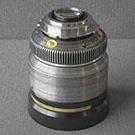

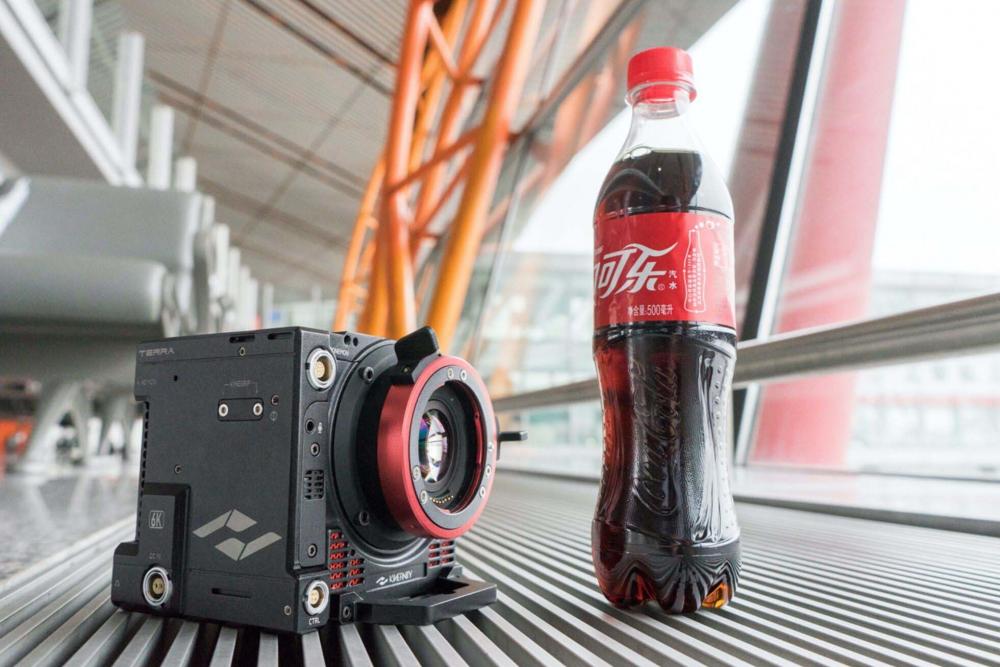
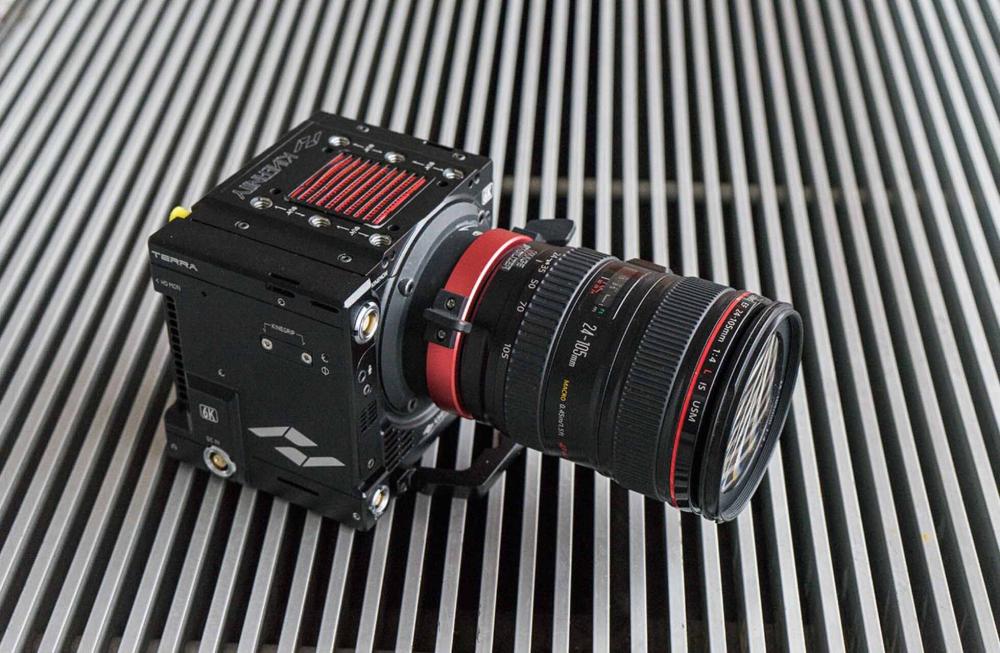
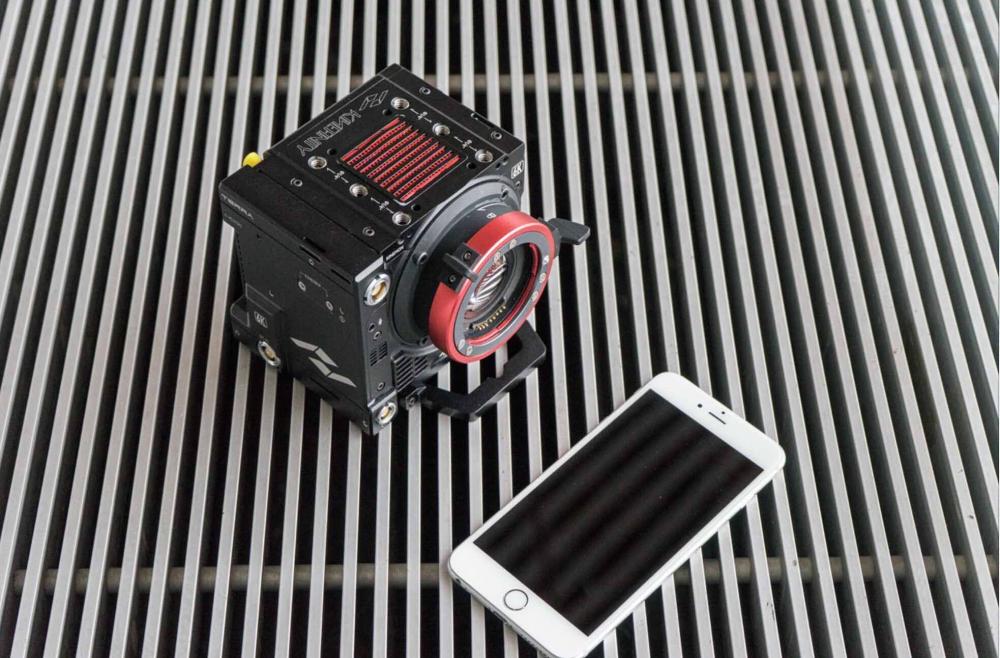
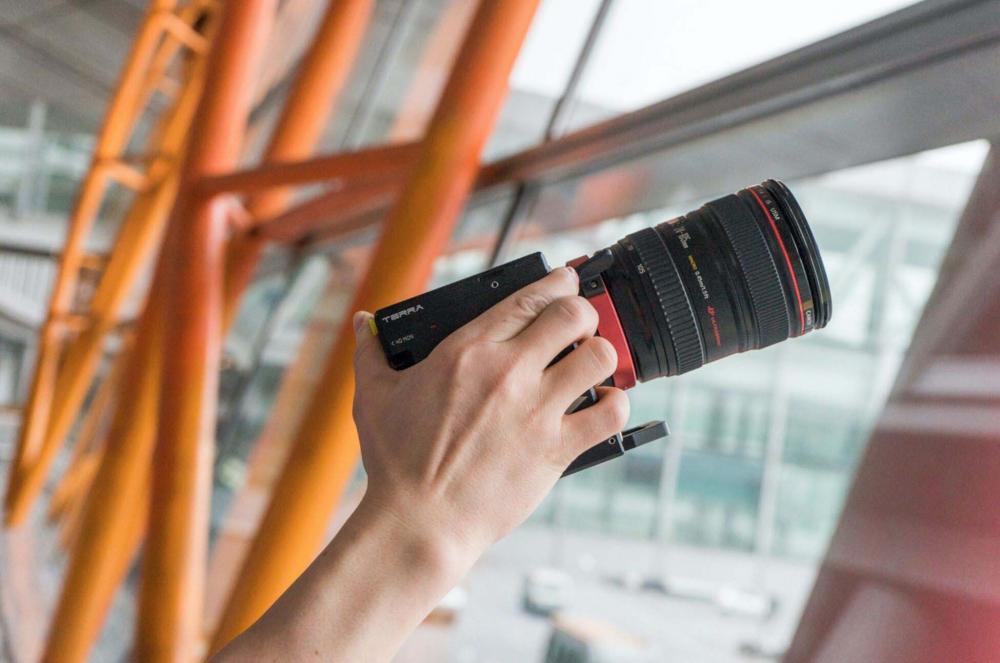
One Lens?
In: Cameras
Posted
if I was limited to one lens from here on, it would be the helios 44. There are plenty of lenses I love. but only one that I couldn;t do without and that's the 58mm/2.
for a 'working lens' that will deliver almost every conceivable shot I'd go for the summicron-r 35mm/2 on a full frame sensor. shooting full frame 4k on an a7rii gives you the ability to use full sensor for your wide, aps-c for your normal and crop in a bit more with clear image zoom for a tele. a lot will wonder why the summicron vs any other 35mm/2.. it's because very few other full frame 35mm/2's deliver good enough resolution and image quality wide open.
with a summicron-r the iq is good enough to use wide open on full frame. using sensor crop of a nice clean 4k full frame area gives similar look to a 50mm at 2.8 when at aps-c and an 85mm/4 when windowed in to just under fullhd's worth of pixels.